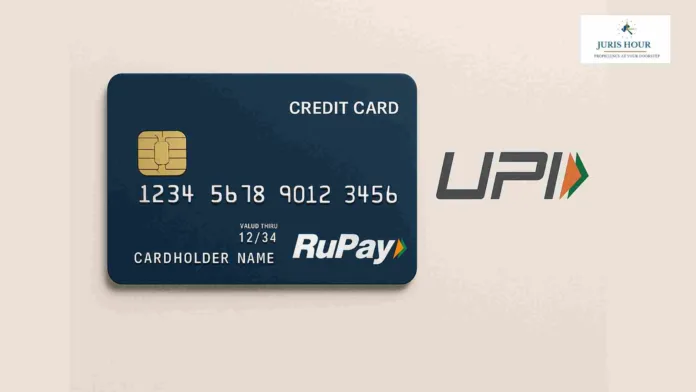The Reserve Bank of India (RBI) and the National Payments Corporation of India (NPCI), has undertaken several targeted initiatives. These steps aim not only to promote digital transactions but also to ensure transparency and regulatory improvements in the microfinance and cooperative sectors.
Minister of State for Finance, Shri Pankaj Chaudhary, informed the Lok Sabha today through a written reply that the government continues to promote digital payments through a mix of incentives and infrastructure support. Among the major measures is the Incentive Scheme to encourage the use of RuPay Debit Cards and low-value BHIM-UPI transactions (particularly person-to-merchant or P2M transactions). Additionally, the Payments Infrastructure Development Fund (PIDF) has been launched to facilitate the deployment of digital payment infrastructure, especially in underserved and rural regions.
Fraud Prevention and Cybersecurity Measures
To safeguard consumers from digital payment frauds, several security mechanisms have been put in place.
These include Device binding to ensure transactions are carried out from registered devices, Two-factor authentication using secure PINs, Daily transaction limits and use-case restrictions, and AI/ML-powered fraud monitoring tools offered by NPCI to banks for real-time alert generation and transaction decline in suspicious cases.
Further, awareness campaigns are being conducted regularly by the RBI and banks through SMS alerts, radio jingles, and cybercrime prevention publicity to educate users about safe digital practices.
In response to concerns over the regulation of microfinance institutions (MFIs) and cooperative societies, the RBI has also introduced reforms to enhance transparency and accessibility.
A board-approved interest rate policy has been mandated for all regulated entities, incorporating a transparent pricing structure based on cost of funds, risk premiums, and margins.
The definition of microfinance loans has been simplified, and several quantitative restrictions on NBFC-MFIs have been lifted. These include the removal of loan caps per cycle and relaxation of minimum loan tenure requirements.
The previous mandate requiring at least 50% of microfinance loans to be used for income generation has been scrapped. This change recognizes the growing demand for credit in areas such as medical expenses, education, and income stabilization.
These initiatives reflect the government’s continued commitment to improving digital financial infrastructure while ensuring secure, inclusive, and transparent access to credit for underserved populations.


